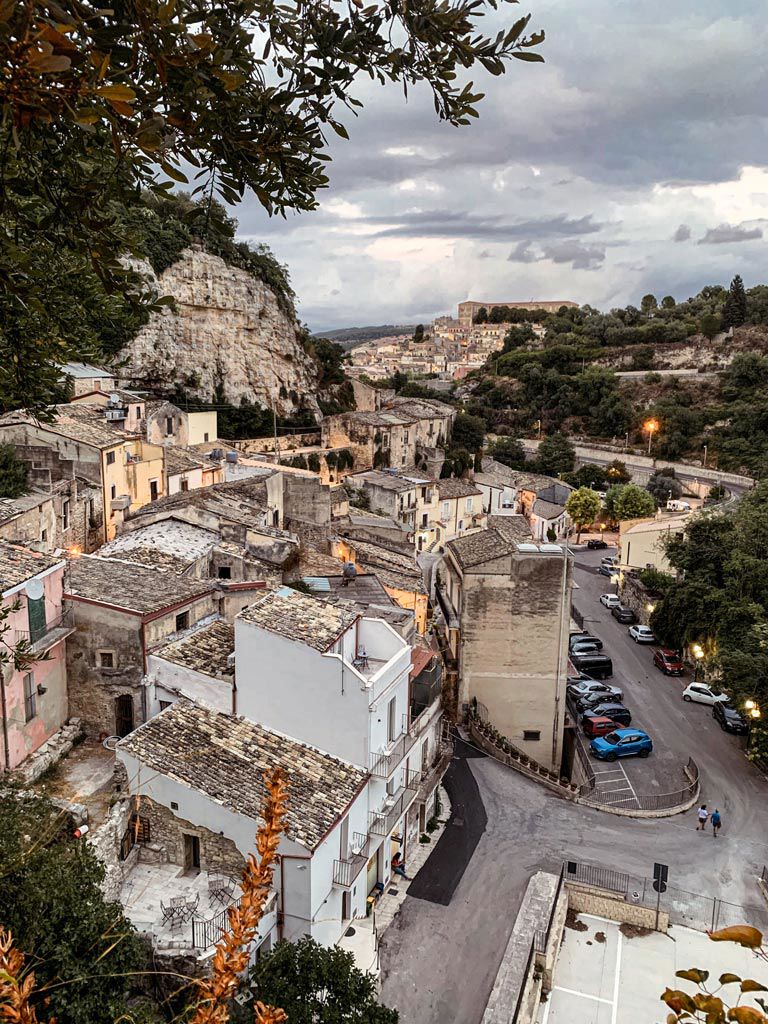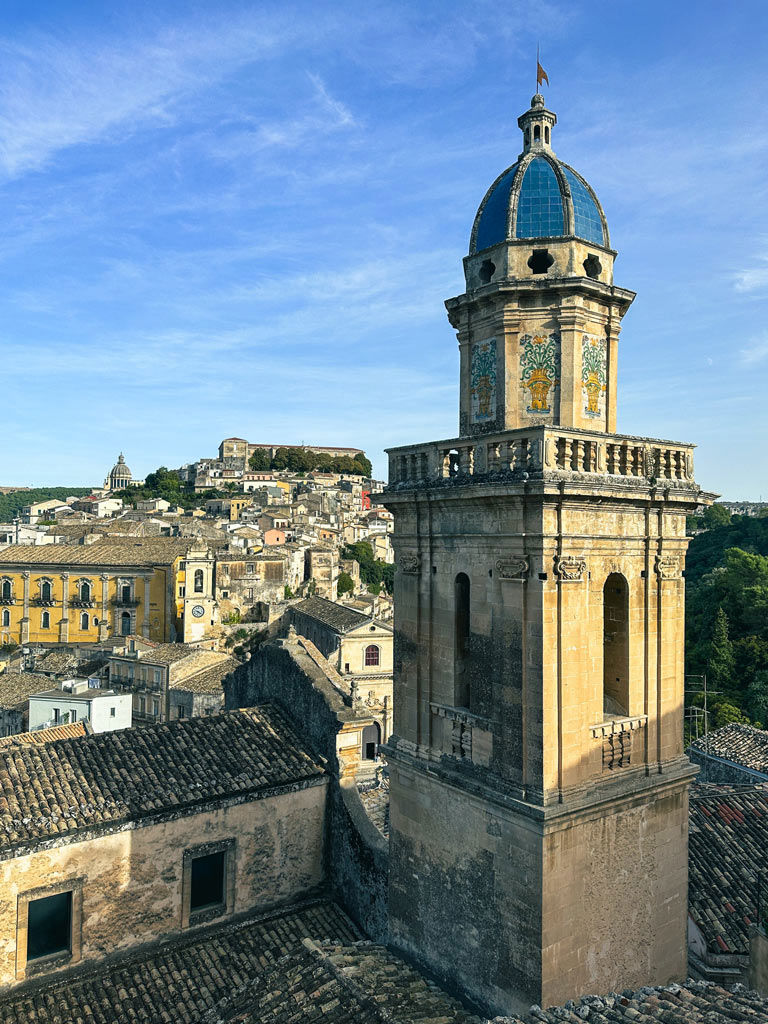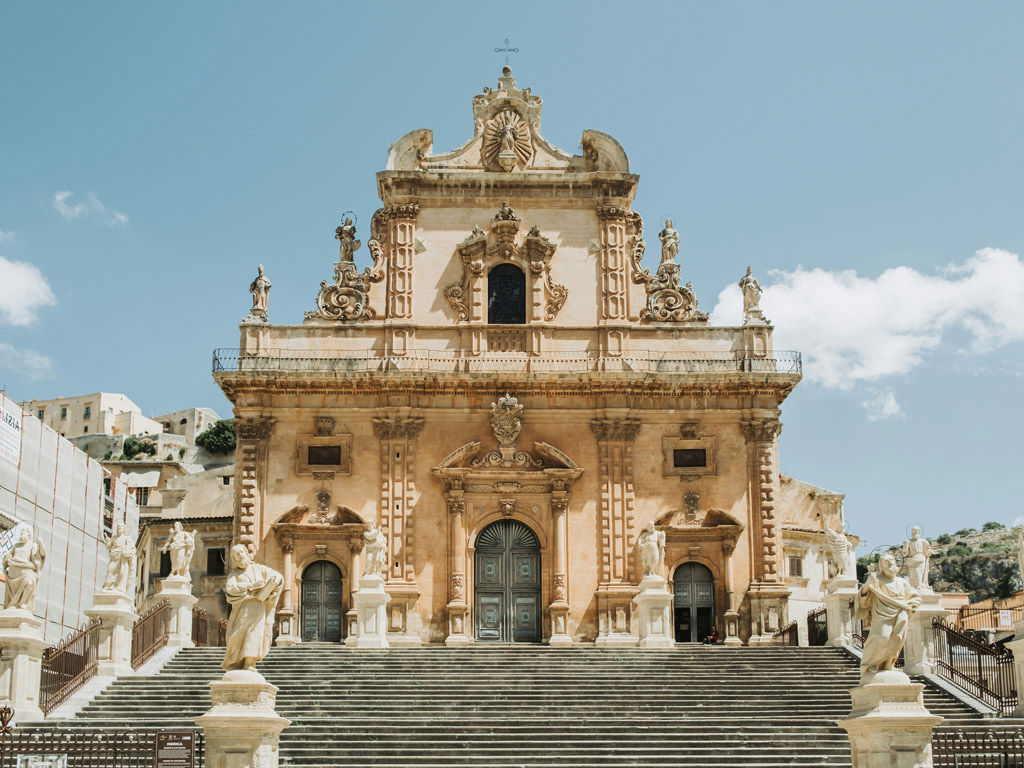

The history of Ragusa Ibla unfolds majestically at every step through winding alleys and endless stairways that will transport you to a universe that seems to have been frozen in time.
Nestled in the Val di Noto, between the Iblei Mountains and the Irminio River Nature Reserve, Ragusa is one of the Baroque treasures of eastern Sicily, recognized in 2002 as a UNESCO World Heritage Site. The most evocative area of the town is its historic center, Ragusa Ibla, also called "Iusu" or "Lower" in the local dialect, to distinguish it from the more modern upper part.
This area, rebuilt after the devastating 1693 earthquake, has 14 of the city's 18 UNESCO-protected Baroque works, including churches and aristocratic palaces such as Palazzo Zacco and Palazzo Cosentini, famous for the grotesque masks and typically Baroque allegorical figures that support their balconies.


In some glimpses, the most attentive TV series fans will easily recognize the locations where some episodes of the Italian TV drama "Il Commissario Montalbano" were set, such as Piazza del Duomo, Piazza Pola or the splendid Donnafugata Castle.
Ragusa Ibla's past mixes with its present, especially during the festivals and traditional celebrations that color its calendar. One of the most famous is "Le scale del gusto", which every year in autumn showcases the best local products on the town's Baroque stairs, accompanying the event with tastings, show cooking, exhibitions, and concerts.
St. George's Cathedral represents the city's main place of worship, capable of enchanting worshippers and tourists with its imposing staircase, protected by a wrought-iron gate, and its monumental, richly ornamented tower facade, dominated by a dome with blue glass windows that flood the altar with light. Here is kept the effigy of the city's patron saint knight who gives his name to the cathedral and whose cult, introduced by the Normans, is still celebrated during the last Sunday in May at the annual feast in his honor. The three-day festival has its focal point in the procession with the "abballata del Santo" and is accompanied by fireworks, concerts, and flag-waving parades, an authentic expression of local folklore.
Continuing the sacred-religious itinerary, it is impossible not to be enchanted by the Church of Santa Maria dell'Itria or by the staircase of the Church of Santa Maria delle Scale, which, set on a rocky ridge, represents one of the most enchanting points in town.

